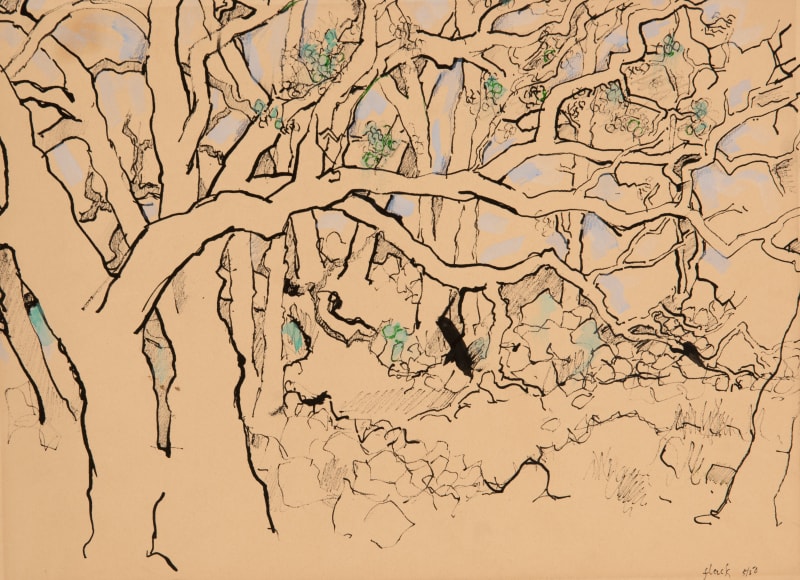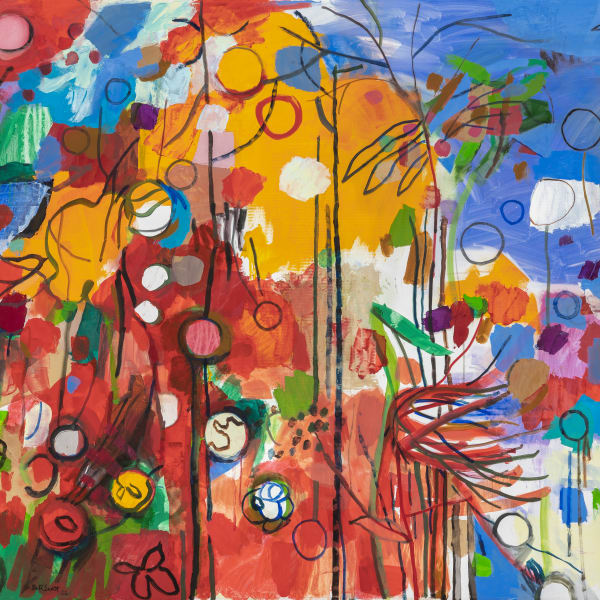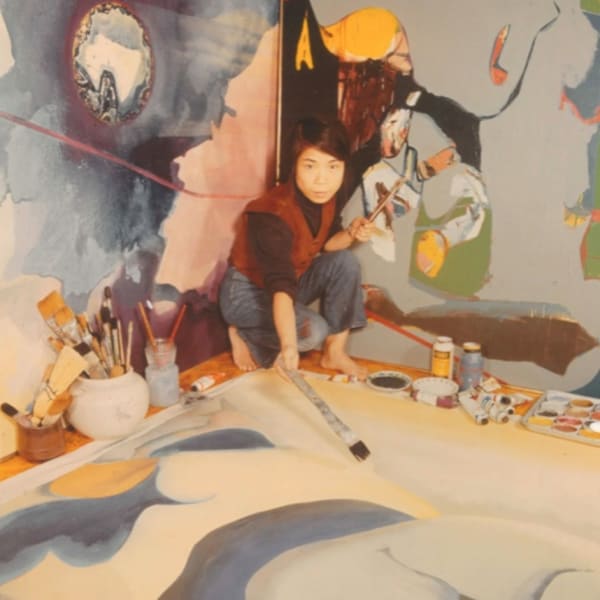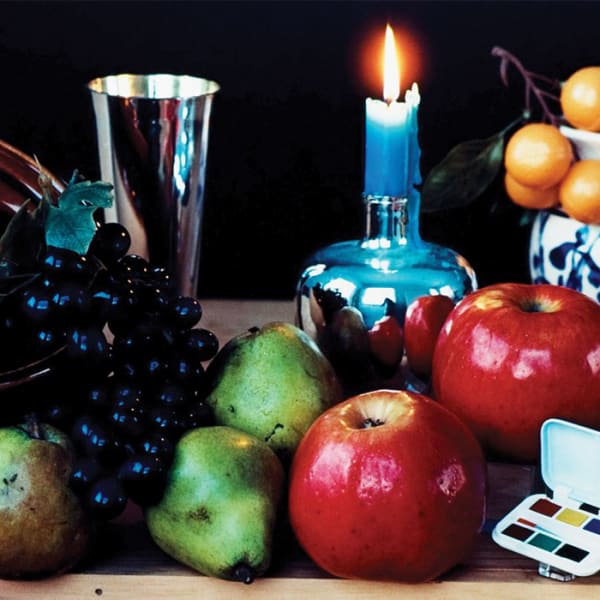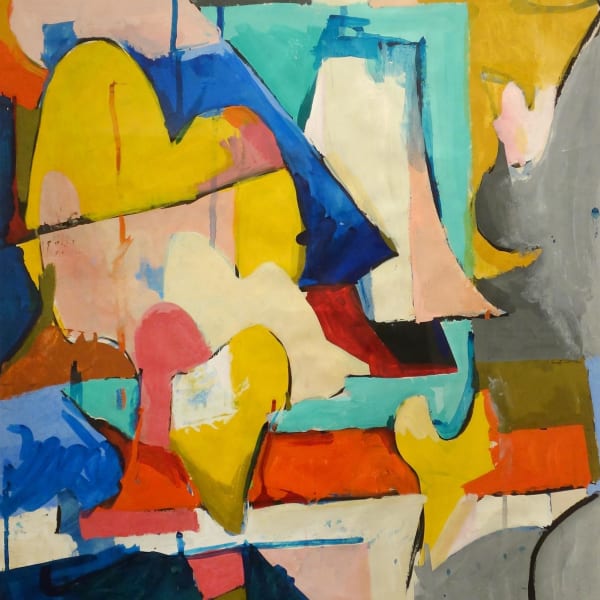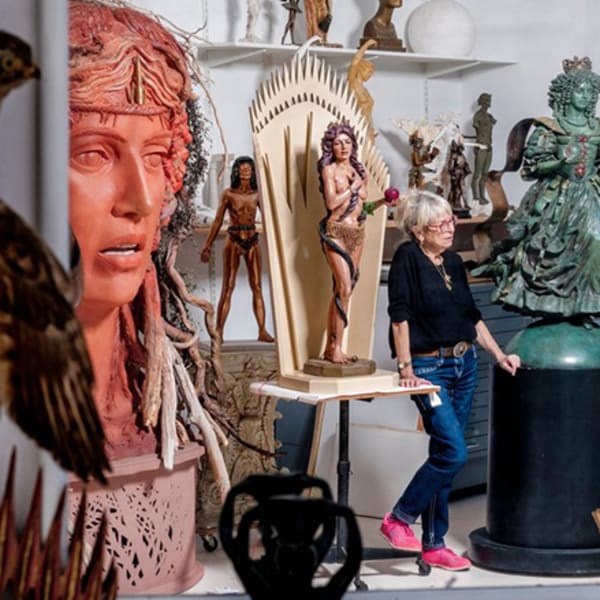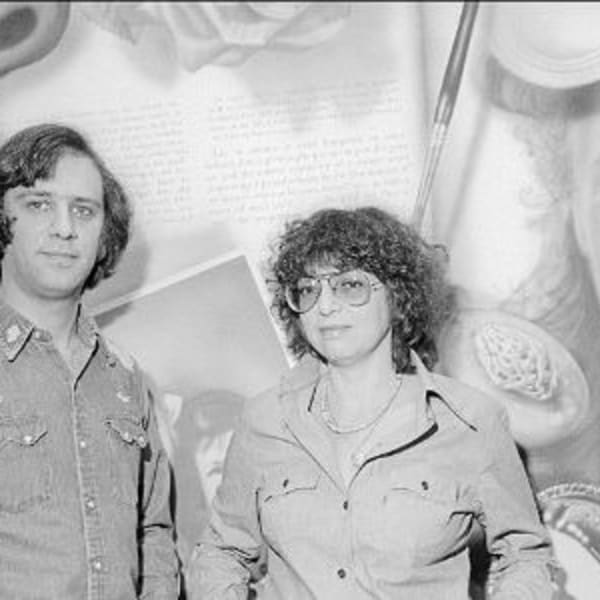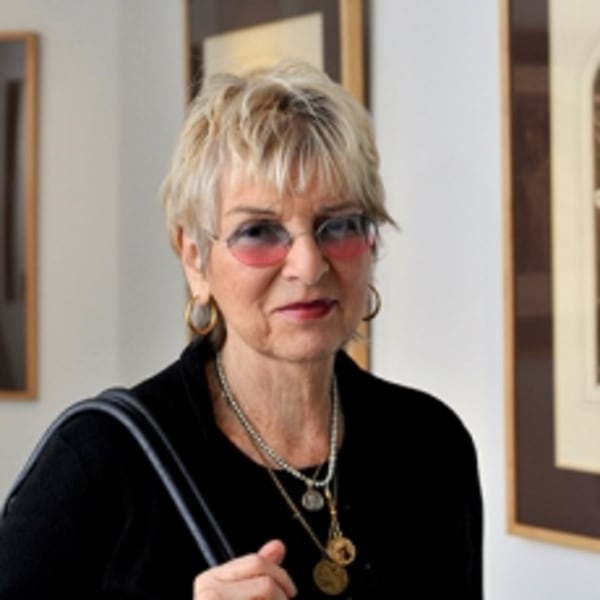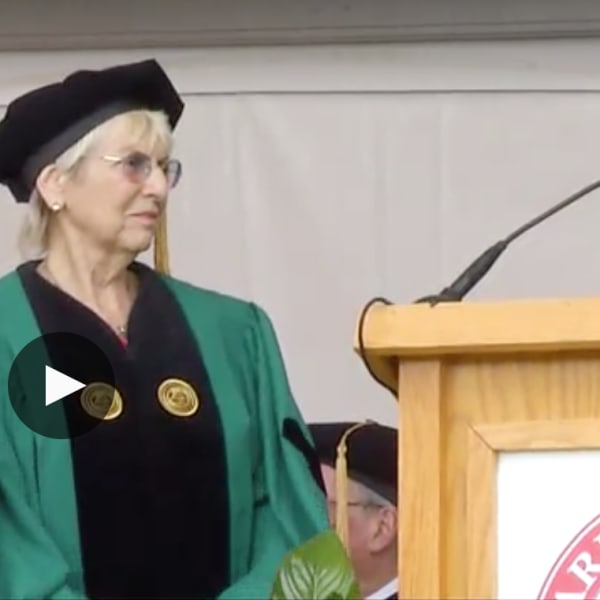Latest news

Dallas Art Fair offers first test of collectors’ appetites amid Trump’s trade war
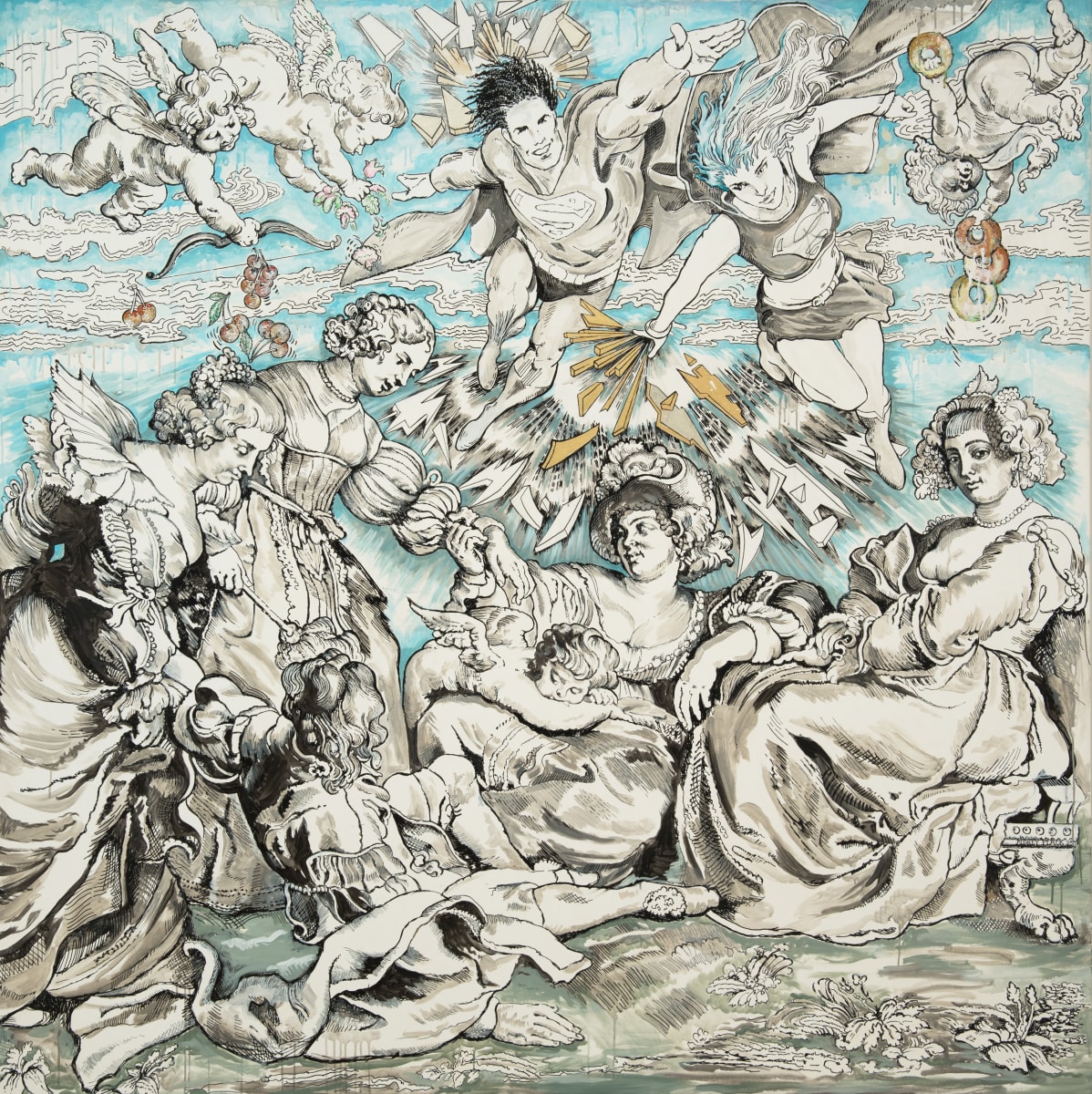
Audrey Flack

Artists always paint who they are.
Though best known today for her stunning Photorealist paintings, Audrey Flack first came to artistic maturity among the vibrant downtown scene of Abstract Expressionism. Flack was a regular at the 8th Street Club and at the legendary Cedar Tavern, where she was immersed in the cultural and social atmosphere of the period and developed ties with art world luminaries such as Willem de Kooning, Jackson Pollock, and Franz Kline. Through Abstract Expressionism, Flack found her artistic identity and ultimately created highly original work that was ordered yet gestural and captured the core sensibility of the age.
Though best known today for her stunning Photorealist paintings, Audrey Flack first came to artistic maturity among the vibrant downtown scene of Abstract Expressionism. Flack was a regular at the 8th Street Club and at the legendary Cedar Tavern, where she was immersed in the cultural and social atmosphere of the period and developed ties with art world luminaries such as Willem de Kooning, Jackson Pollock, and Franz Kline. Through Abstract Expressionism, Flack found her artistic identity and ultimately created highly original work that was ordered yet gestural and captured the core sensibility of the age.
Born in 1931 in Brooklyn, New York, Audrey Flack received degrees in art from the Cooper Union in 1951 and from Yale University in 1952. The energetic abstract works executed during this period push the boundaries of the flattened picture plane and speak to her immersion in the Abstract Expressionist milieu in New York at midcentury. The deconstructing and restructuring of the object, the all-over composition, and the intense compositional energy that infused her Abstract Expressionist works would also remain essential to her practice throughout her career.
Linear form becomes rhythmic composition in these early works, accented by tonal variations in color. Organic line breaks through the cubist foundation that underpins many of the compositions, which also display the careful color harmonies that Flack would have mastered during her time at Yale under the tutelage of Josef Albers, perhaps the twentieth century’s most masterful colorist and one of its most stringent teachers.
Flack’s art is intensely personal, and the artist expresses herself through her work across all styles and media. The personal becomes more overt in a series of expressionist portraits completed in the 1950s. Flack turned her artistic eye both on herself and to her family, creating a compelling group of portraits and self-portraits that offer a glimpse into the personal psychology of the artist. In the 1970s Flack began painting still lifes and images from news media in a hyper-realistic style and would become a pioneering photorealist painter. Her decadent compositions of Baroque excess fill the visual field with photorealistic depictions of modern still life elements, alluding to her sustained interest in the work of Tintoretto, Rembrandt, Reubens, and other Old Masters. These works were championed by influential critic Lawrence Alloway, who credited Flack with the reinvention of the still life.
Since 1983, the artist’s focus has primarily been on sculpture. Her three-dimensional work has roots in the figures of the Greco-Roman, Renaissance, and Baroque periods. Flack’s subjects are often powerful females and through this work Flack explores the sources and variations of feminine essence and power, from goddesses such as Islandia and American Athena or queens such as Queen Catherine, for whom the New York borough of Queens is named.
She had completed numerous public commissions, and her work can be found in the collections of the Albright-Knox Art Gallery; Allen Memorial Art Museum, Oberlin College; Dallas Museum of Art; Los Angeles County Museum of Art; Metropolitan Museum of Art; Museum of Modern Art; Smithsonian American Art Museum; and Whitney Museum of American Art, among many others. She lives and works in New York City and East Hampton.
Works










Exhibitions
1 / 11News
1 / 142
Photorealism, a Cast-Off Movement, Gets a 21st-Century Update
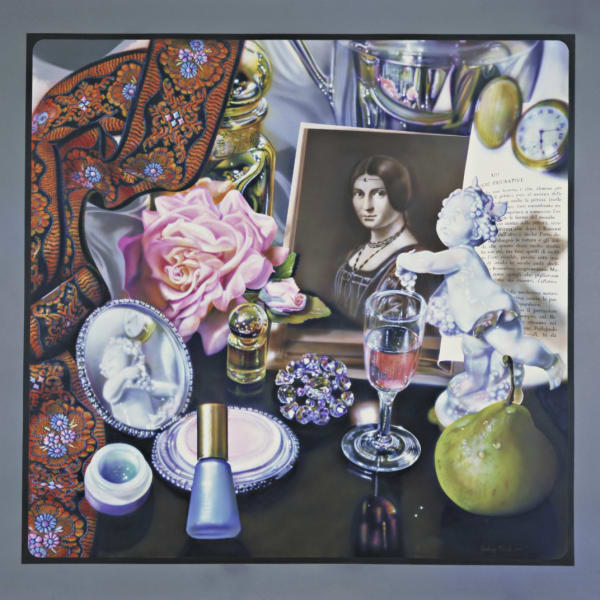
Review: Photorealist painting finally gets due respect. MOCA shows the ‘work’ in each ‘work of art’

The 30 Best Art Books of 2024
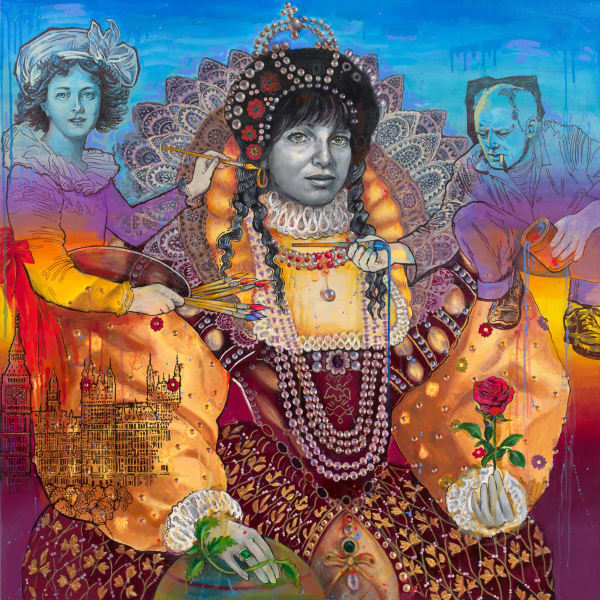
Art to See at U.S. Museums, Galleries and Auction Houses This Fall

Audrey Flack: Mid-Century to Post-Pop Baroque
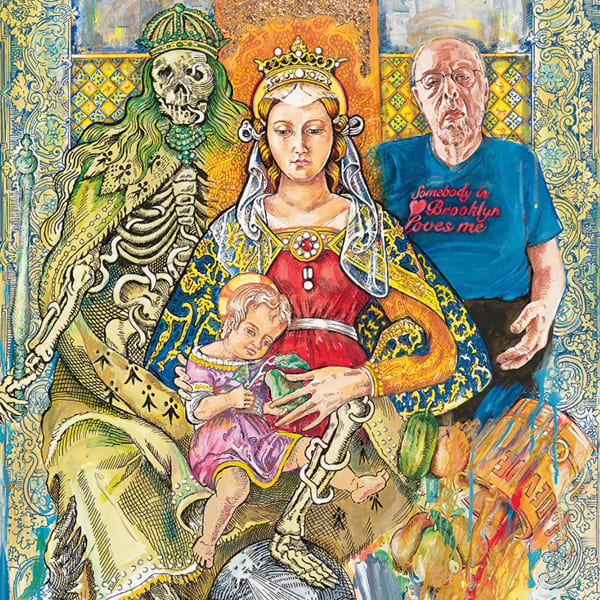
Parrish Art Museum provides a fitting tribute to Audrey Flack, queen of ‘Post-Pop Baroque’

A modern version of the Virgin Mary by Audrey Flack (오드리 플랙이 만든 현대판 성모상)

Audrey Flack’s Last Words: A Tale of Success in a Sexist Art World

Fiercely committed and as unapologetic as ever, this 92-year-old artist is having a moment

Nonagenarian Artist Audrey Flack Is Still Booked and Busy With a Tell-All Memoir

At 92 Years Old, Photorealist Painter Audrey Flack is Having a Moment

10 Art Shows to See in New York This April

At 92, Audrey Flack Has a Juicy Memoir, a New Art Show, and a Lot to Say

With Darkness Came Stars: A Conversation with Audrey Flack

8 New Books We Recommend This Week

Required Reading

Audrey Flack Is 92 and Still Painting in Her UWS Apartment

With Bold Colors and Big Feelings, a Pioneering Painter Tells Her Story

The big omissions at the renovated Smithsonian American Art Museum

Smithsonian American Art Museum Reopens Its Contemporary Galleries with New Stories to Tell

Smithsonian American Art Museum Reopens Modern and Contemporary Galleries With a New Installation

9 Overlooked Women Artists in Their Nineties

Whitechapel Gallery presents Action, Gesture, Paint: Women Artists and Global Abstraction 1940-70

Women artists make a radical mess at the Whitechapel Gallery


Nassau County Museum of Art in Roslyn Harbor opens 'Other Worlds Than This'

Chrome Dreams and Infinite Reflections: American Photorealism Exhibition Opens at Reynolda House Museum of American Art July 15

Audrey Flack

Hollis Taggart celebrating Audrey Flack exhibition on 91st birthday

Editors’ Picks

Renaissance radical: Carlo Crivelli – Shadows on the Sky at Ikon Gallery reviewed

UAlbany Art Exhibit Presents Ronny Quevedo, Rodrigo Valenzuela, Audrey Flack, and Grace Lee Lawrence

Hamptons Fine Art Fair Debuts at Southampton Arts Center

At home with Christian and Florence Levett

Rutgers Jewish Film Festival presents "Queen of Hearts: Audrey Flack" Q&A On February 11th
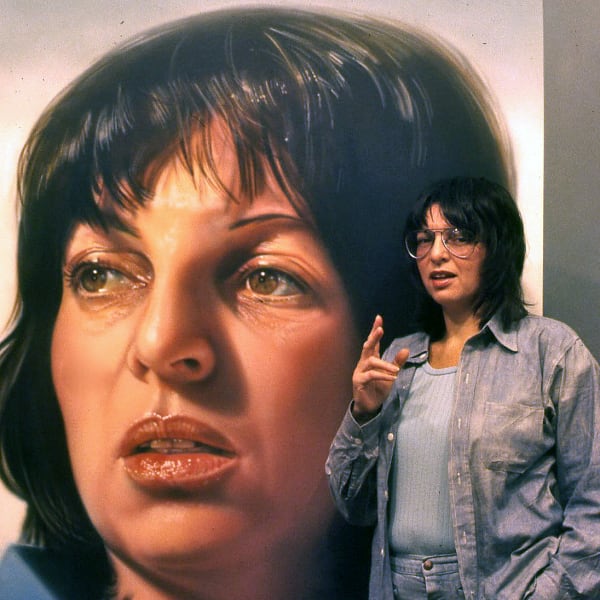
Audrey Flack on the Gaps in Art History

Film Pick: Audrey Flack: Queen of Hearts

Queen of Hearts: Audrey Flack
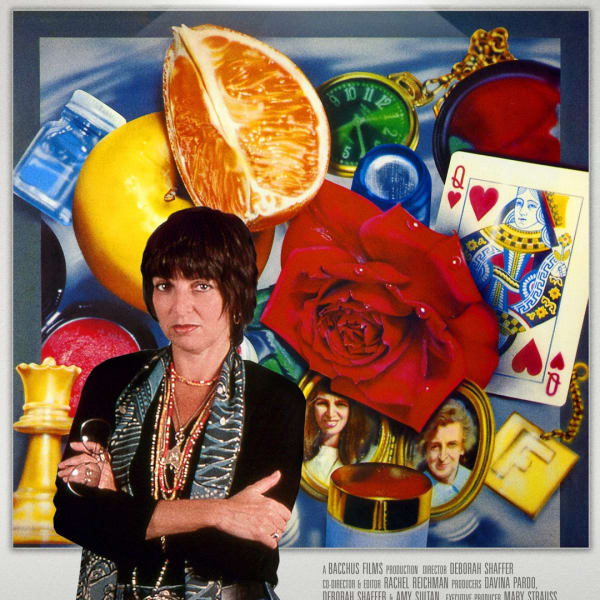
A Multifaceted Look at the Long, Accomplished Career of Audrey Flack

CAM celebrates the 19th Amendment, features 90% of female artists from its permanent collection

Top 10 films to watch at the Calgary International Film Festival, according to lead programmer

Be part of the art

Art Industry News: Notorious B.I.G.’s Crown Will Headline the World’s First Major Hip-Hop Auction + Other Stories

National Air and Space Museum

Visions of a World in Crisis

Film News in Brief: Edgar Wright Boards Comedy ‘Stage 13’

Connecting Artists and the Public, Digitally

Founder Of ArtHamptons Introduces a Virtual Reality Art Fair for Summer 2020

Audrey Flack with Charles Duncan

Top 5 Hamptons and North Fork Art Moments of 2017

Audrey Flack: Master Drawings from Crivelli to Pollock


Today's Masters


Audrey Flack: Master Drawings from Crivelli to Pollock


Carlton: In a decade, Lady Justice has seen it all

How Texture in Art Affects the Meaning

10 Famous Still Life Artists of the 20th Century

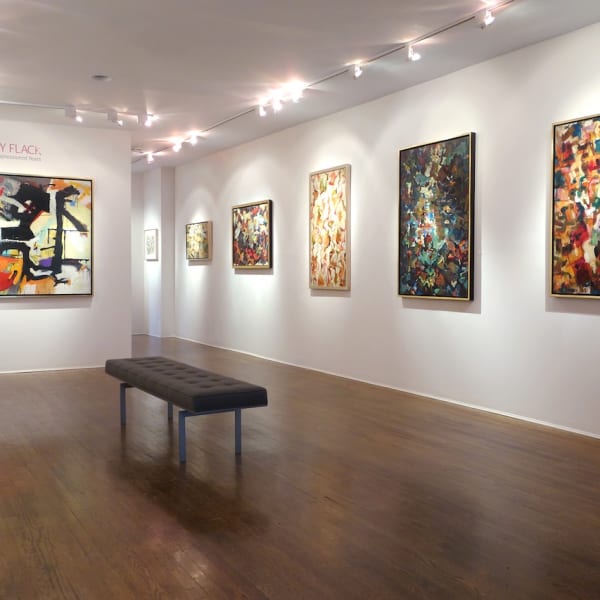
Learning from an Artist’s Early Experiments with AbEx

An Artist With Too Many Ideas to Consider Retiring

Must-See Art Guide: New York

101 Women Artists Who Got Wikipedia Pages This Week

Watch
Audrey Flack on her exhibition Audrey Flack: Master Drawings from Crivelli to Pollock
Publications
1 / 7




Audrey Flack

You may also like:

You may also like:
Franz Kline

You may also like:
Elaine de Kooning
This website uses cookies
This site uses cookies to help make it more useful to you. Please contact us to find out more about our Cookie Policy.
























